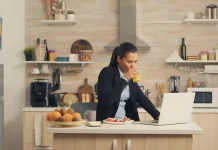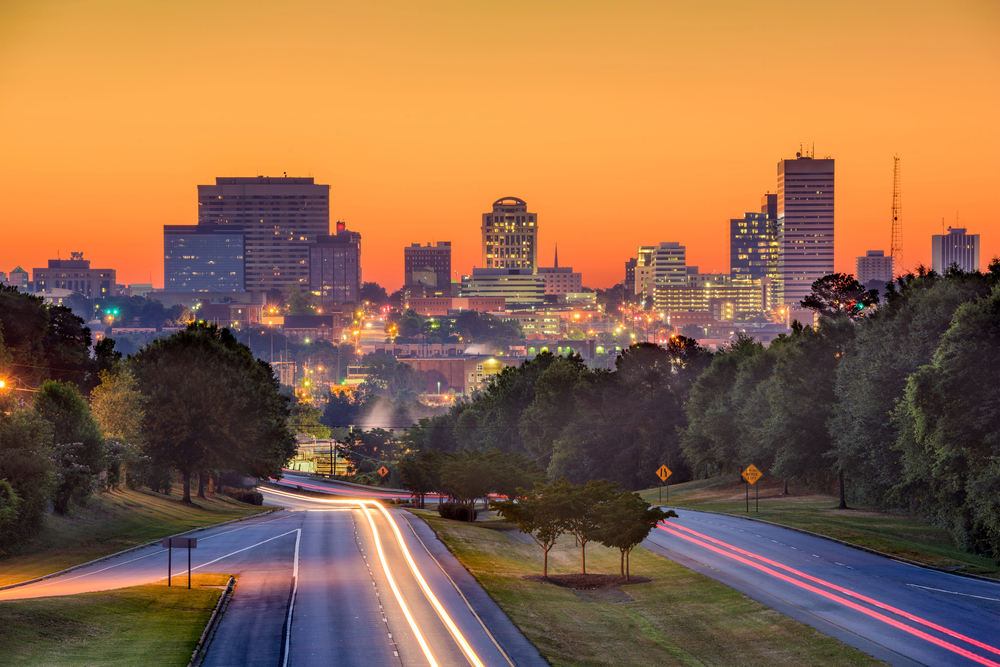
In the past, malls across the U.S. captured customers and retailers. Then, in the mid to late 90s, the paradigm started to shift toward e-commerce options.
According to a recent report from Green Street Advisors (a real estate and REIT firm), about 15% of U.S. malls will fail or be converted to non-retail space in the next 10 years, while e-commerce is expected to increase to approximately $370 billion in 2017. Yet for e-commerce retailers, simply marketing your brand online is not enough to differentiate it from the competition.
Enter Melissa Gonzalez: prominent retail strategist, “Pop Up Shop” pioneer, founder of the Lion’esque Group, and now author of the new book, The Pop Up Paradigm: How Brands Build Human Connections in a Digital Age.
“As e-commerce has grown, it has also evolved,” says Gonzalez. “In order to have a truly distinctive brand, a simple website is not longer enough. You’ll have to invest in photography, copywriters, editors and a team who understands how to leverage SEO. And pop-up marketing is one prong to that ‘omni-channel’ marketing approach.”
Opening up a pop-up shop for your ecommerce business can be highly beneficial for building your brand. Melissa Gonzalez shares her insights with HBM on ways your brand can benefit from pop-up shops, a key marketing strategy, and more.
—
Q: Why is being “online only” no longer enough for brands? How do you bridge the gap between online and offline interactions?
A: The experience a retailer or brand can deliver online has limitations. For example for apparel brands, customers still want to feel confident in fit, fabric, etc. In an offline experience a retailer or brand can deliver an immersive experience and bridge that touch-feel gap, giving customers confidence to continue the relationship online.
Q: Why do retailers need an omni-channel retail strategy in order to compete?
A: Customers don’t differentiate channels. They see a brand and expect a cohesive experience regardless of the touchpoint. Retailers need to be mindful of creating this frictionless experience.
Q: What are the seven most important ways your brand can benefit from a pop-up?
A: Your brand can benefit from a pop-up through the sales aspect, brand awareness, increase customer engagement, customer education, testing and learning more about the customer, testing a new partnership, and through immersion.
Q: What are five integral parts of every successful pop-up sale?
A: Five things to keep in mind would be to have a clear understanding of the goal of the pop-up. Create a strong story with a stark clear point-of-view. Have well-trained staff, curated merchandising, and a precise marketing strategy.
Q: Why is educating and empowering your customer often the best type of marketing?
A: Education takes a customer deeper into understanding and buying into the value proposition of your brand and product offering. Utilizing a pop-up store to educate also gets the customer over the “touch feel gap” and forges a relationship that allows them to feel more confident shopping online afterwards.
Q: What are five biggest mistakes pop-up retailers make?
A: I would say there are five major mistakes that can cause a pop-up retailer to fail.
Location. Location is one of the most important factors for your pop-up shop. Just because “it’s free” doesn’t mean it doesn’t have opportunity cost.
Staffing. In-store staff is an extension of your brand. Brands often don’t invest enough time in training and don’t allocate enough budget for qualified candidates.
In-store event planning. It’s critical to keep the buzz going. Events also provide for powerful cross-marketing opportunities.
Collaborating with the right partners. Brands often collaborate based on economics alone, however alignment is critical. Brands should partner with companies with a complimentary offering that does not compete for wallet share.
Marketing strategy. Many brands tend to overlook the importance of planning out a comprehensive marketing strategy for their pop up (including proper lead times for media outreach, a social media editorial calendar, newsletter, etc).
Q: Can you touch on the relationship between pop-up stores and social media? What is the importance of tracking what is shared and highlighted to make retail decisions?
A: In a social sharing society, brands have the opportunity to learn so much about their customers and potential customers. A pop-up shop can essentially be a massive test group that is open to openly sharing what they have discovered, what they like and what they don’t. Brands can track and utilize this information to make merchandising and marketing decisions in the quarters to follow. HBM

















































